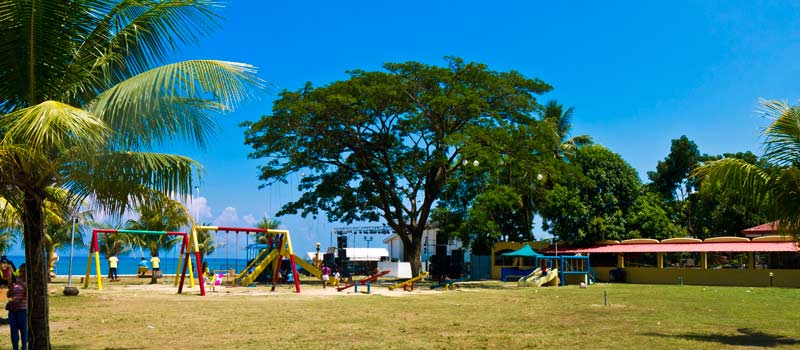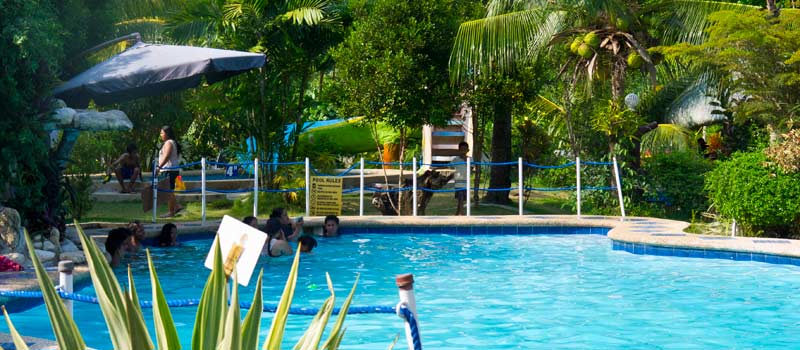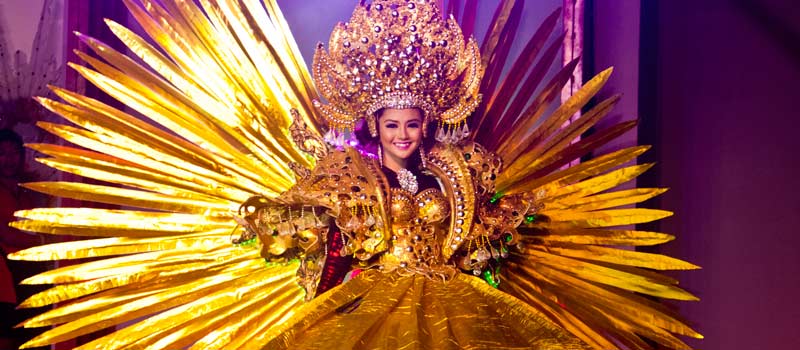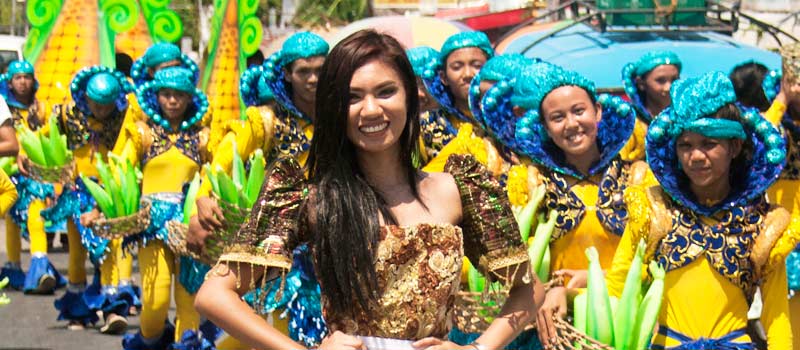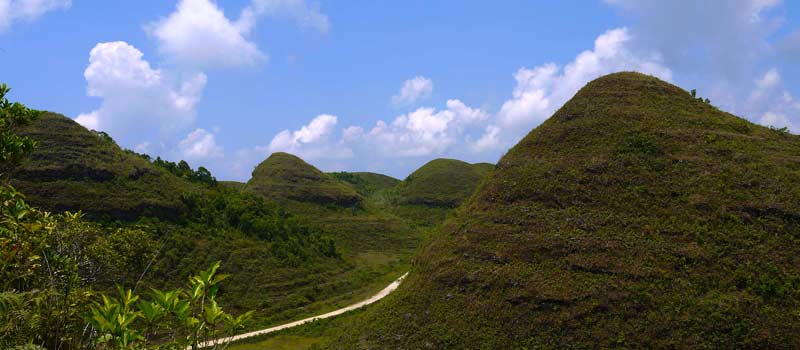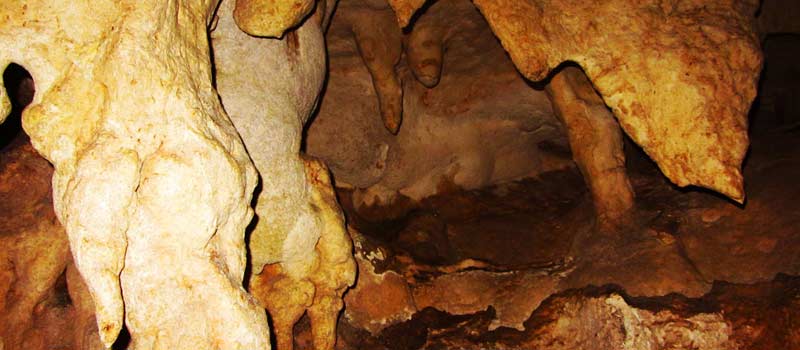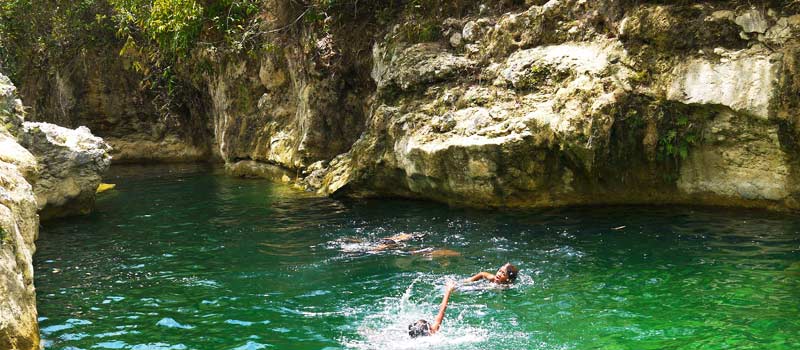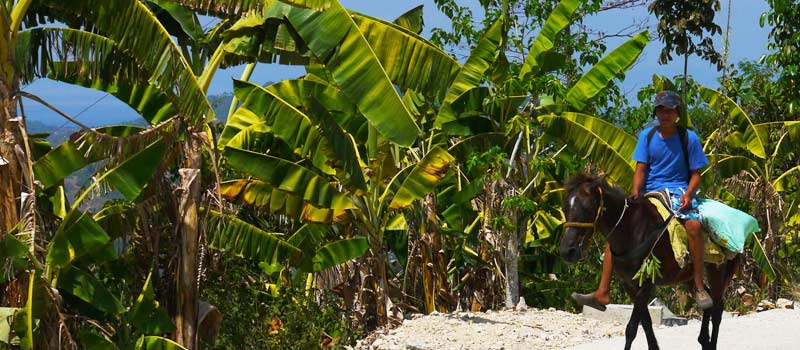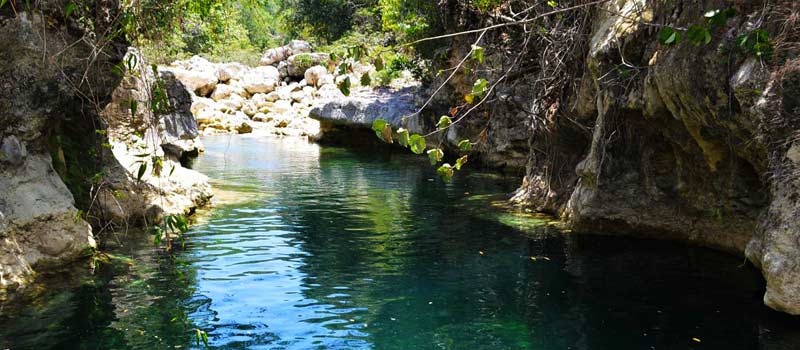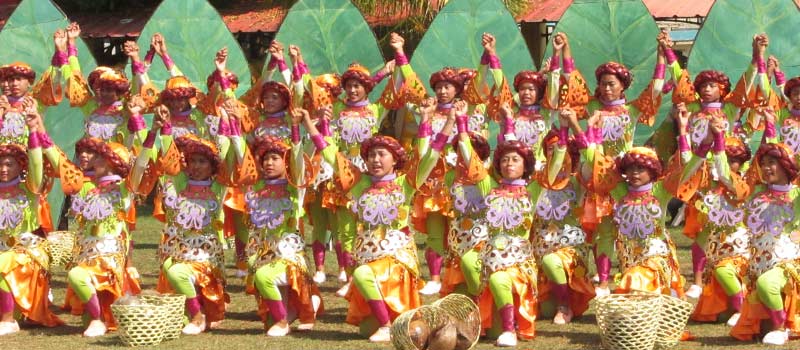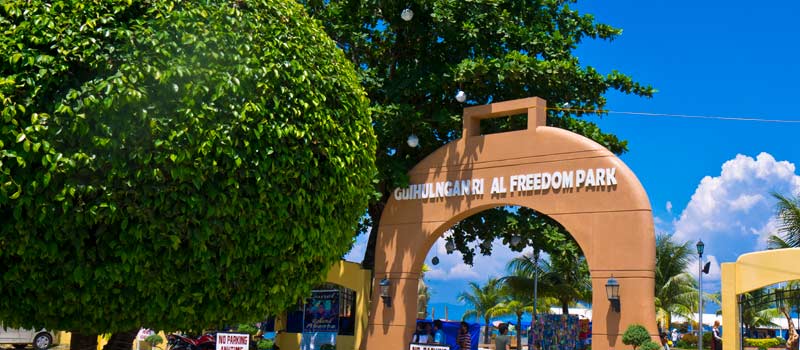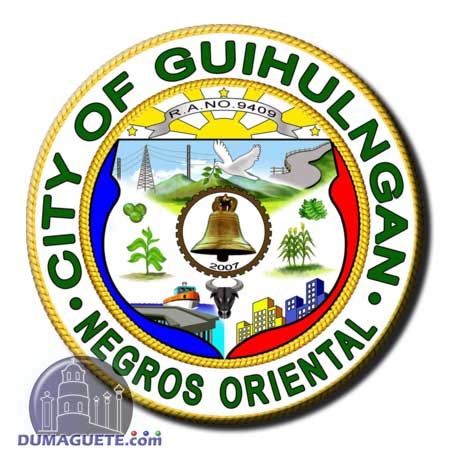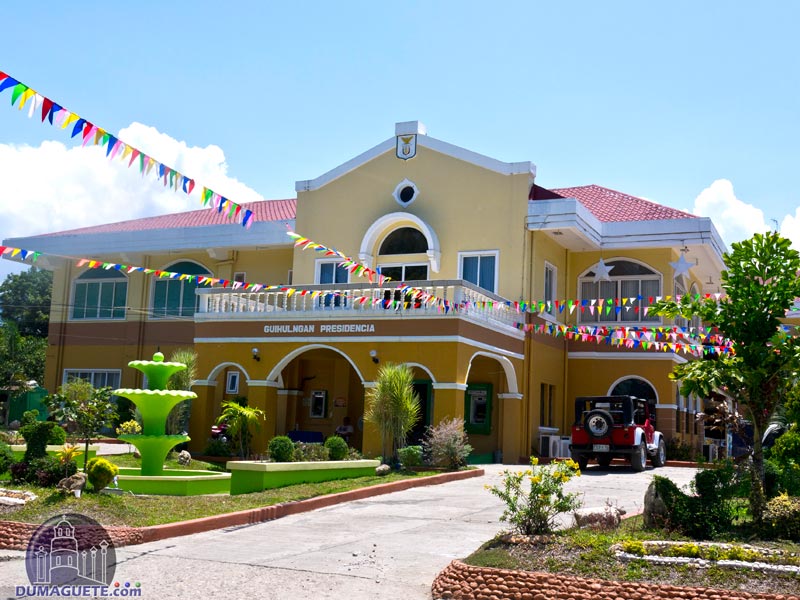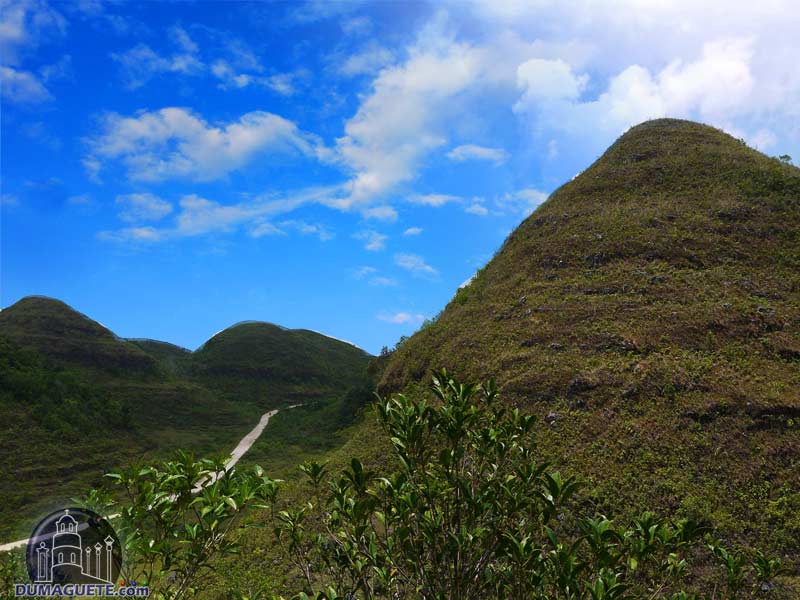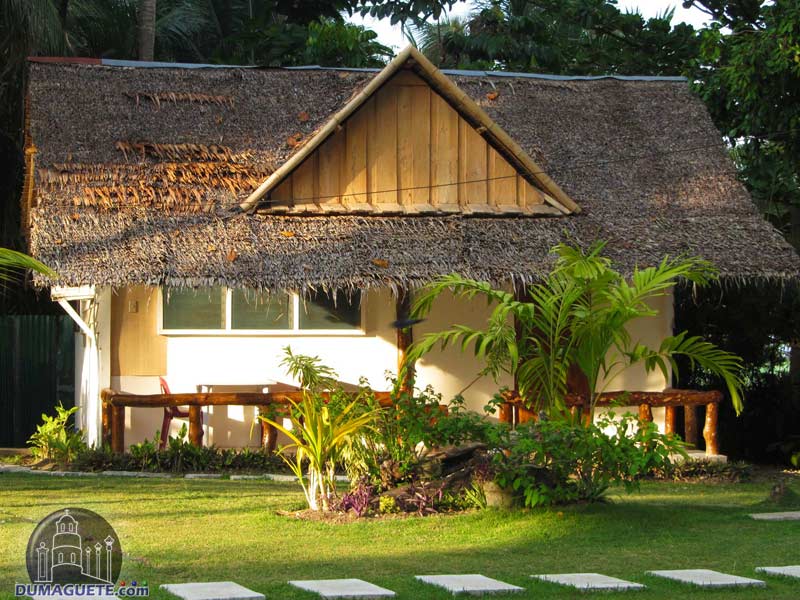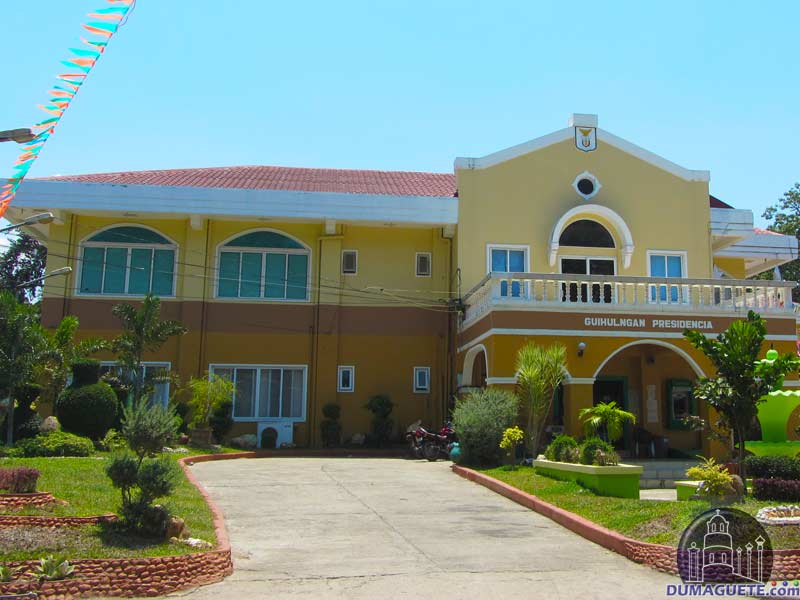Guihulngan City – Negros Oriental
Guihulngan is a city in the northern part of Negros Oriental. The city has a population of about 95,000, according to the 2010 census. As all other municipalities in the Philippines, the city of Guihulngan is subdivided in barangays. It has a total of 33 barangays.
Brief History of Guihulngan
There are more legends about the way the city acquired its name. One version is saying that the municipality got its name from the name of a river flowing directly to the town proper from the spring in Anhaw. The word Guipadulngan is translated as “the point where the river flows its end”. Another old tale tells a story from the 19th century, an era when the Philippines was still a Spanish colony. Many people were captured by the Spanish soldiers, killed and thrown into the sea, which is called today Tañon Strait. Other legends claim that a bell was dropped into the sea when they found out that it was used by the lookout guards to warn the town population of the coming of Spanish. Since then the town has been called Guihulngan, translated as “the place was dropped a thing”. Nowadays it is unclear if the name of the city originated as Guihulngan or Guipadulngan, but it is certain that its name is truly symbolic, a lot of blessings “dropped” on the city.
Guihulngan’s history began as a mere Catholic mission. The first documents attesting the presence of habitats on its area are dating from the year 1856 when it was established as a parish. The town had a turbulent history marked by fights and during World War Two it was the scene of violent battles. At the time when it was declared a city, in the year 2007, Guihulngan was already the largest locality in the Negros Oriental Province. However, only 15 months later the city lost its cityhood, together with other municipalities in the province. Just a year later, in 2009, the decision has been reversed and Guihulngan has regained its cityhood status.
Getting to Guihulngan
Positioned 130 km north of Dumaguete City Capital, Guihulngan is also known for its Hinakpan Hills also known as the Chocolate Hills here in Negros Oriental.
There are two ways in reaching this destination. One way is via a Ceres Bus. Traveling time is about 3 hours and 15 minutes from Dumaguete City and will cost approximately Php 170.00 for air-conditioned buses and about Php 150.00 for regular non-air-conditioned bus rides. Another way in getting to Guihulngan is by a V-hire (van for hire). Traveling time for Guihulngan will take about 3 hours from Dumaguete City and will cost only about Php 130.00.
Barangays of Guihulngan City Negros Oriental
- Bakid
- Balogo
- Banwague
- Basak
- Binobohan
- Buenavista
- Bulado
- Calamba
- Calupa-an
- Hibaiyo
- Hilaitan
- Hinakpan
- Humayhumay
- Imelda
- Kagawasan
- Linantuyan
- Luz
- Mabunga
- McKinley
- Nagsaha
- Magsaysay
- Malusay
- Mani-ak
- Padre Zamora
- Plagatasanon
- Planas
- Poblacion
- Sandayao
- Tacpao
- Tinayunan Beach
- Tinayunan Hill
- Trinidad
- Villegas
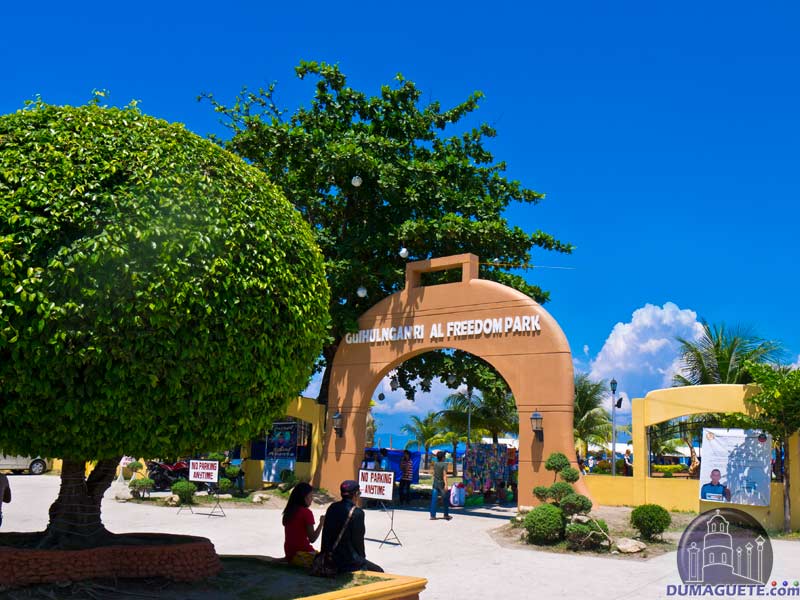
Guihulngan City – Freedom Plaza
Landmarks and Attractions of Guihulngan
A huge bell with a Carabao, located at the side of Justice Hall is one of the landmarks of the city. Other interesting landmarks are the geological formations in Hinakpan. They resemble with the Chocolate Hills. The Mantahao and Amulangan Lakes, the fascinating caves at Bulado, Calupaan, and Tacpao, McKinley Beach, and the popular Hilaitan Tree House are among the touristic attractions of the city. Guihulngan is hosting an annual festival called Cara-Bell Festival, reminding about the legend of the bell dropped in the sea.
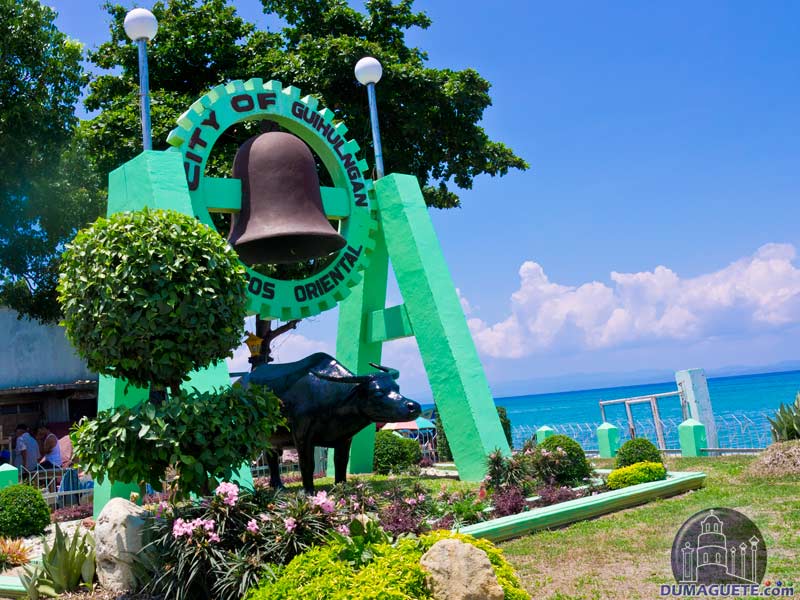
Landmarks of Guihulngan – The Carabow & Bell
Economy
Nowadays, the city of Guihulngan has the third largest population in Negros Oriental. It undergoes modern developments as a major port and northern gateway for the traffic coming from Cebu. The city has mainly agricultural economy. The main industries in Guihulngan are the production of sugar cane, copra, corn, rice soybeans, and tobacco. Guihulngan also produces abaca basketry and pandan.
Education
There are several colleges and universities in Guihulngan. Negros Oriental State University, which is a state university, has a satellite campus in the city. St. Francis College Guihulngan is a private college inspired by the St.Francis of Assisi, a high education institution also located in Guihulngan city.
Transportation
The closest international airport to Guihulngan is Mactan-Cebu International Airport, but it is located on Cebu island. Ferries make the connection between Cebu and Guihulngan. Buses make regular connections with the other major municipalities in Negros Oriental, including the provincial capital, Dumaguete and Bacolod with domestic airports. Like many provincial cities n the Philippines, Guihulngan is developing on a fast track, without leaving is history and culture behind. Guihulugan Festival is the name of their annual festival which is celebrated every 25 of May.
Watch the Guihulngan City (Negros Oriental) Video below:
Useful Contacts in Guihulngan City
Guihulngan City Mayor: Filomeno Locson, Reyes
Guihulngan City Vice Mayor: Ana Eunica Beatriz Alquizola, Reyes
City Hall Office Tel. (035) 410 4385
Guihulngan City Mayor: Guido Reyes
Guihulngan City Vice Mayor: Ernesto Reyes
Guihulngan Vice Mayor Office: (035) 410 4165
Guihulngan City Tourism office: (035) 404 2422
Head City Planning Head and Tourism: Randy Brando Woo: (035) 410 4086
Accounting Office: (035) 410 4019
Health Center:, / Rural Health Unit (RHU) Tel. no. (035) 410 4238,
Department of Interior and Local Government office: (035) 410 4081
Department of Agriculture’s Office: (035) 410 4037
Sangguniang Panlungsod (035) 410 4032
Municipal Trial Court in Cities (MTCC) (035) 410-4123
Guihulngan City Division Office (035) 410-4066 , 410-4069 , 410-4474





